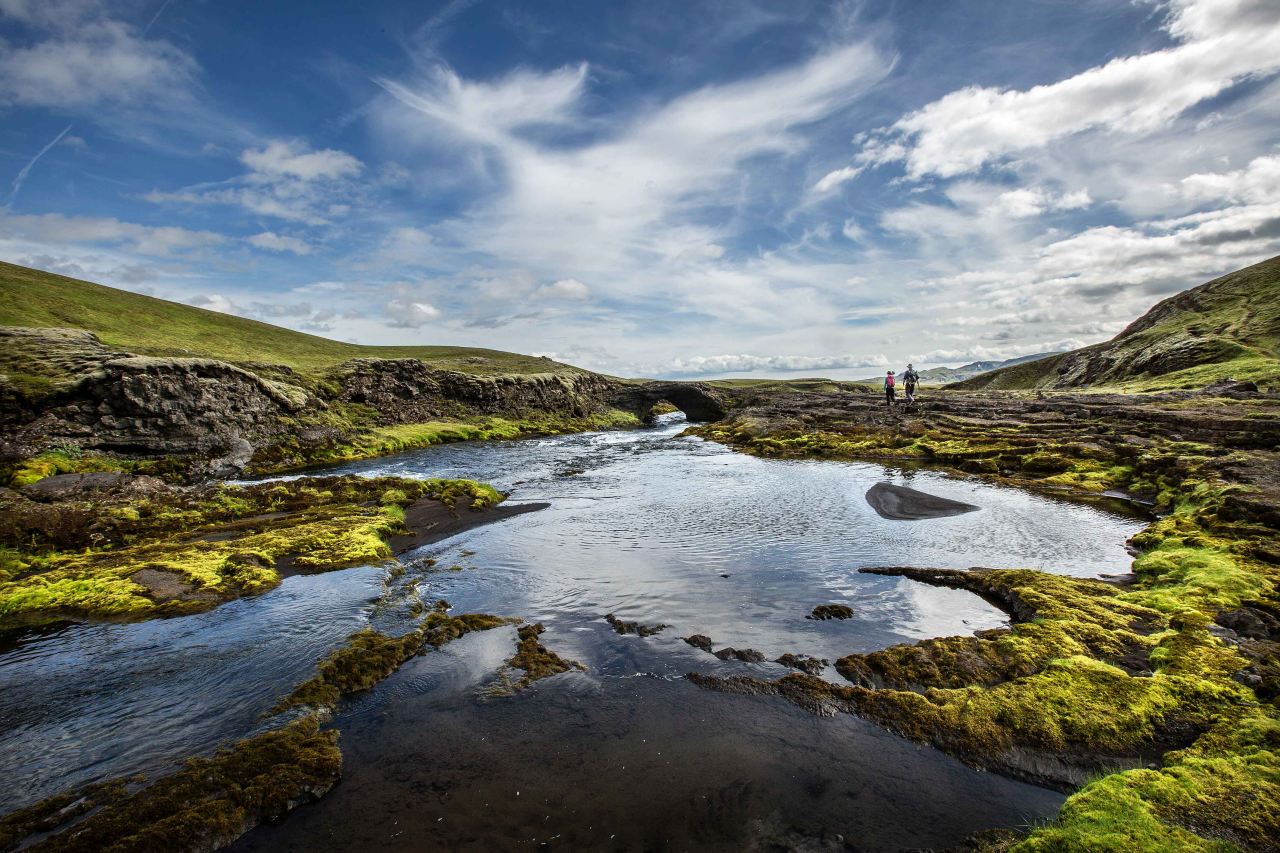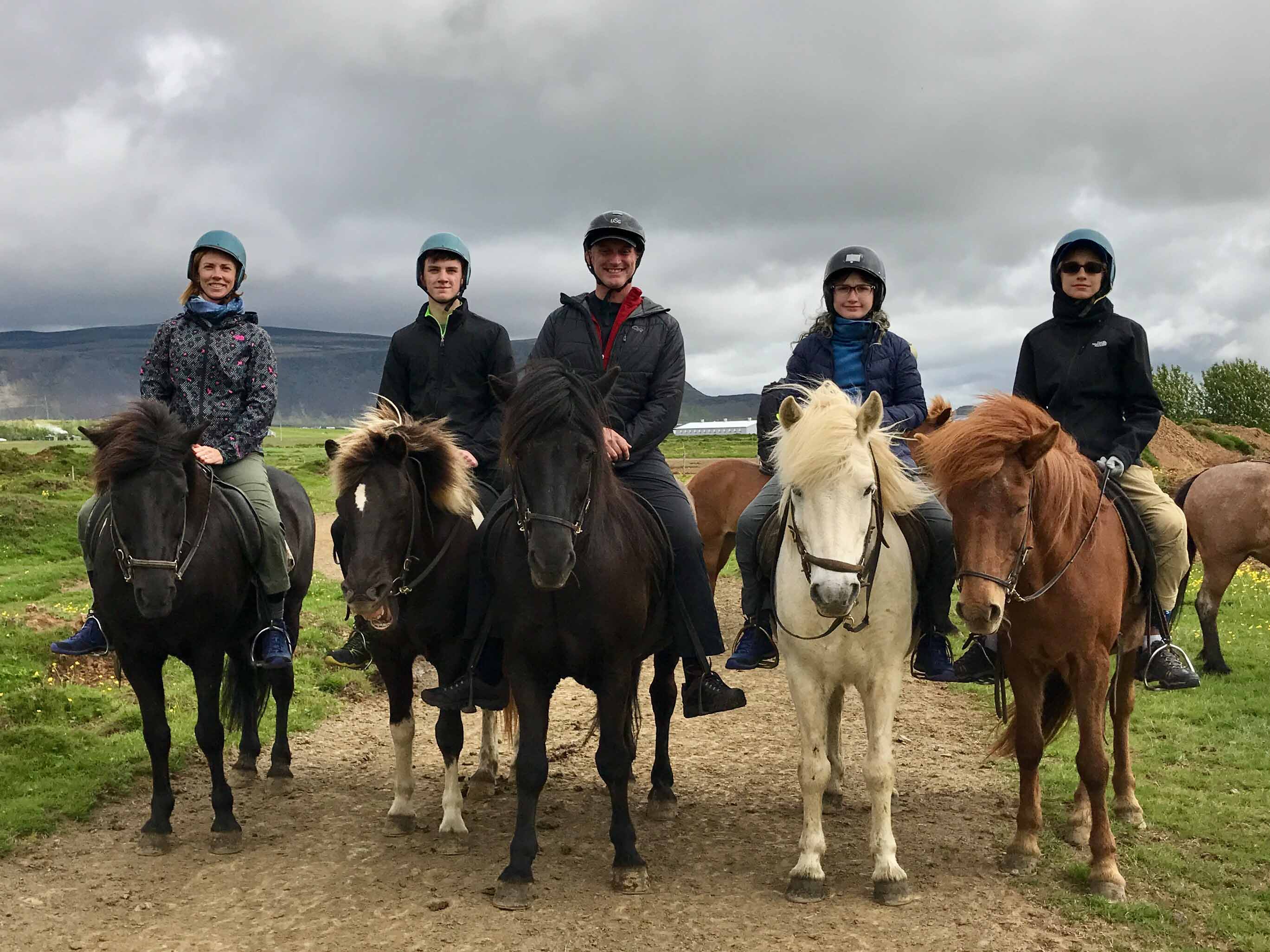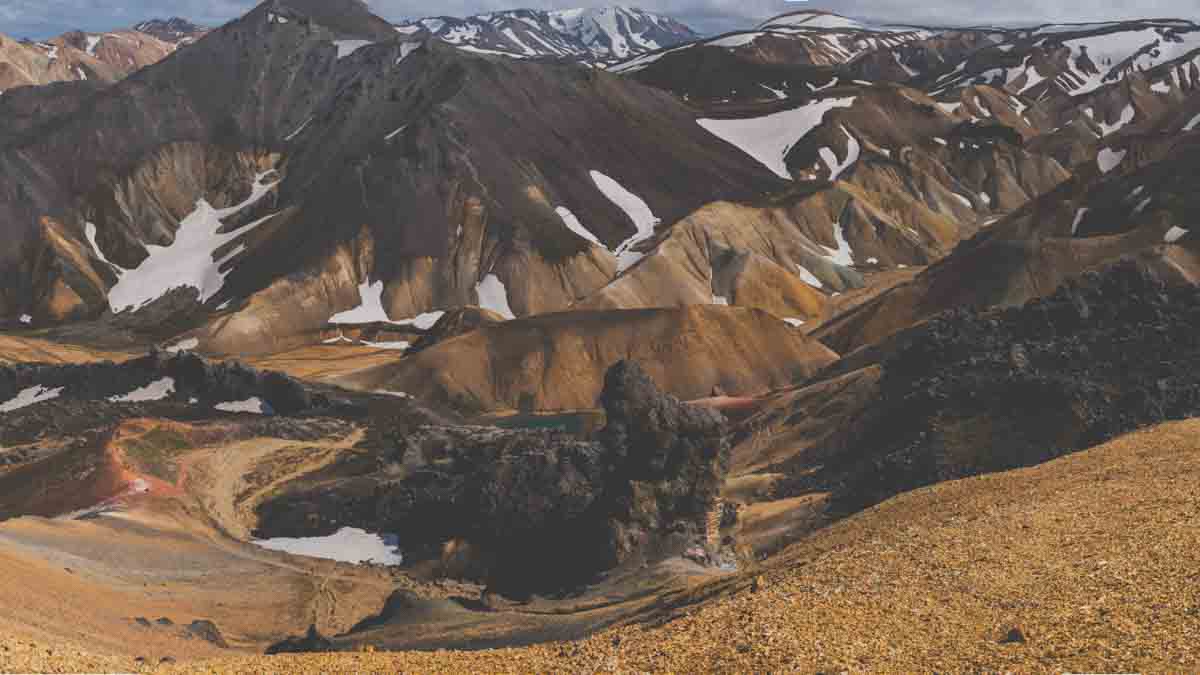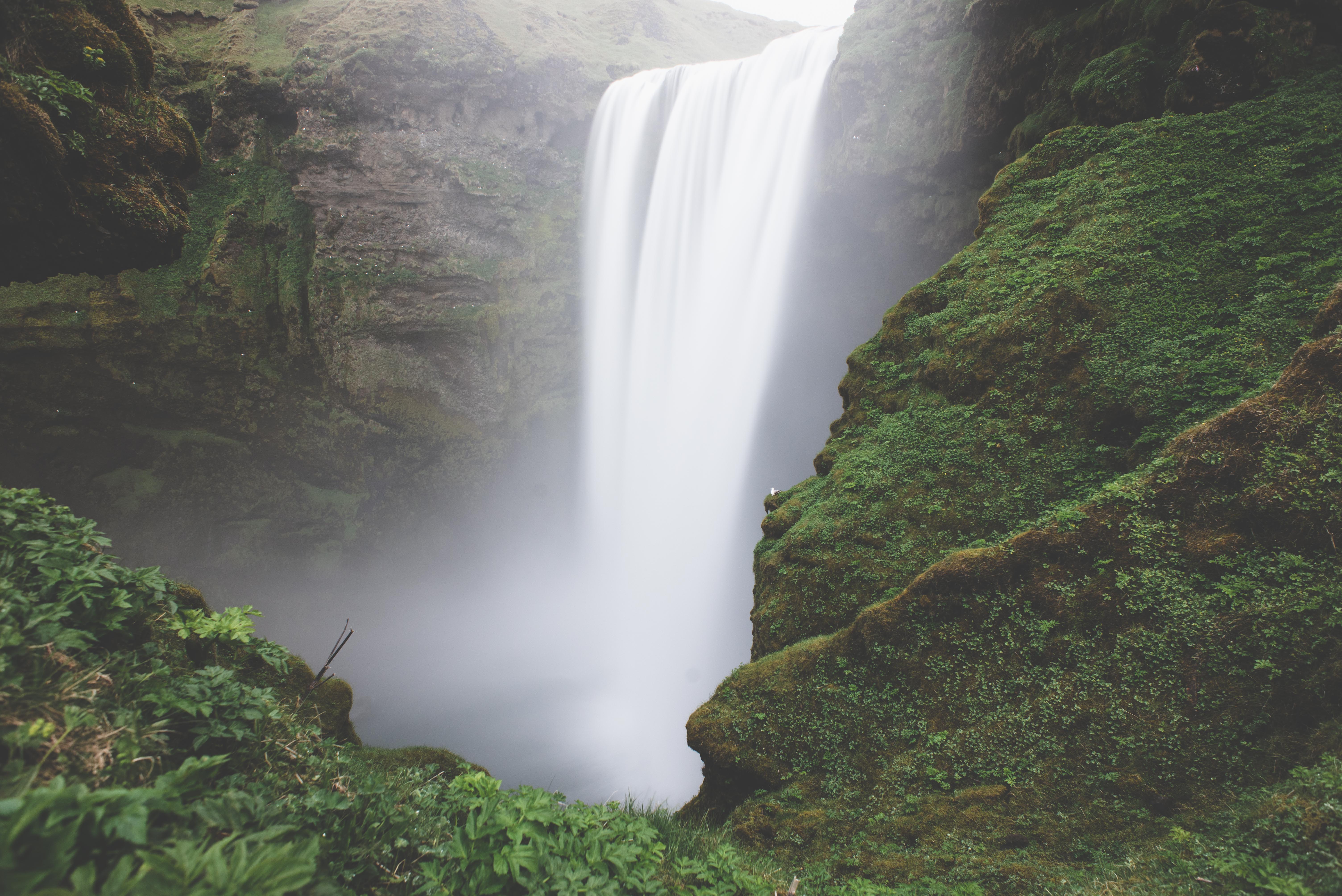The Icelandic Lopapeysa: A History
The post has been a tricky one: getting to bottom of something about which there isn’t a huge amount of information. That has, however, made arriving at the conclusion all the more satisfying as well as showing that, far from being purely Icelandic, the Icelandic lopapeysa is very much a Nordic affair.
Etymology and Grammar
A little etymology and grammar first: the words comes from “lopi” which is Icelandic for yearn, and “peysa” which is Icelandic for sweater. Yarn-sweater. Pretty straight forward, right?
It’s all in the yarn!
Now to the good stuff. You will know the lopapeysa by its distinctive circular and symmetrical yoke pattern. The yarn itself its remarkable for a few reasons; it is made up of “inner” (known the the thel or “þel” in Icelandic) and the “outer” fibres (known as the “tog”), where the former primarily provides insulation and the latter primarily provides weather resistance. This is why one very often sees people wearing a lopapeysa with no coat.
This is the result of the genetic separation of the Icelandic sheep over centuries and has allowed them to survive in harsh climates over many months. Lastly, the yarn is not spun, which makes it harder to handle than spun yarn, but it is precisely this treatment that gives the Icelandic yarn its special qualities.
History & Two Theories
There are theories, two in fact about the history of the lopapeysa. They both involve Greenland and the traditional Greenlandic knit, the nuilarmiut with its intricate, brightly-coloured beaded yoke.
First, it is said the Auður Laxness, the wife of Iceland’s Nobel laureate in Literature Halldor Laxness, was inspired by the Greenlandic design and imported it herself and modifying the designs. She brought a version of the sweater back and these designs got mixed up in with traditional Icelandic patterns, gaining greater popularity into the 1960s and 1970s.
The second possibility also takes us back into Greenland. In an article written by the Fringe Association citing other writers, In 1929, there was a Norweigian activist called Annichen Sibbern Bøhn who came up with the first knitting patterns using the Greenlandic nuilarmiut as inspiration. She names her pattern “Eskimo” and what emerged was a blend of Norwegian and Greenlandic designs. It is argued that the introduction of Greenlandic design into Norwegian sculpture may have had a geopolitical significance pertaining to the resource and land struggle between Denmark and Norway over Greenland that was being waged at the time.
Which version is the right? We will leave that up to you.
How did it end up in iceland?
Bøhn’s patterns were published and eventually found their way to Iceland, where they may have struck a chord with Iceland’s ongoing struggle for independence, but may have also taken on some significance in the context of the Cod Wars, landhelgistriðin, (Icelandic for “the war for the territorial waters”)
The significance of the Icelandic lopapeysa was finally cemented into Icelandic culture in the context of the economic crash of 2008. Thereafter, there was a return to “simpler way of life”.
Árni Árnason of The Reykjavik Grapevine has this to say:
“It resembles the country’s rugged nature and reminds us of the history of farming and fishing when it provided its wearer with a vital shield from the disastrous weather one can encounter in the wild. Furthermore, it appeals greatly to the disillusioned and globalised 21st Century traveller.”
Icelandic to the core.
So, we see that the lopapeysa is far from a purely Icelandic creation. Indeed, it may not be very Icelandic in origin after all, opting much to its Nordic and West Nordic roots. Nevertheless, this does not detract from the significance of the lopapeysa and the place that it holds in Icelandic culture. It is clearly, thoroughly, truly Icelandic.
Knit like the Icelanders!
Has any of this inspired you to knit as the Icelanders do? If so, Iceland Rovers offers a range of knitting and hiking tours and that weave together this great Icelandic past time with a tour of natural sights in different parts of Iceland; precisely the reason the lopapeysa was knitted in the first place, to deal with terrain like this! Join us and knit to your hearts content with some of our highly-experienced in-house knitters!







